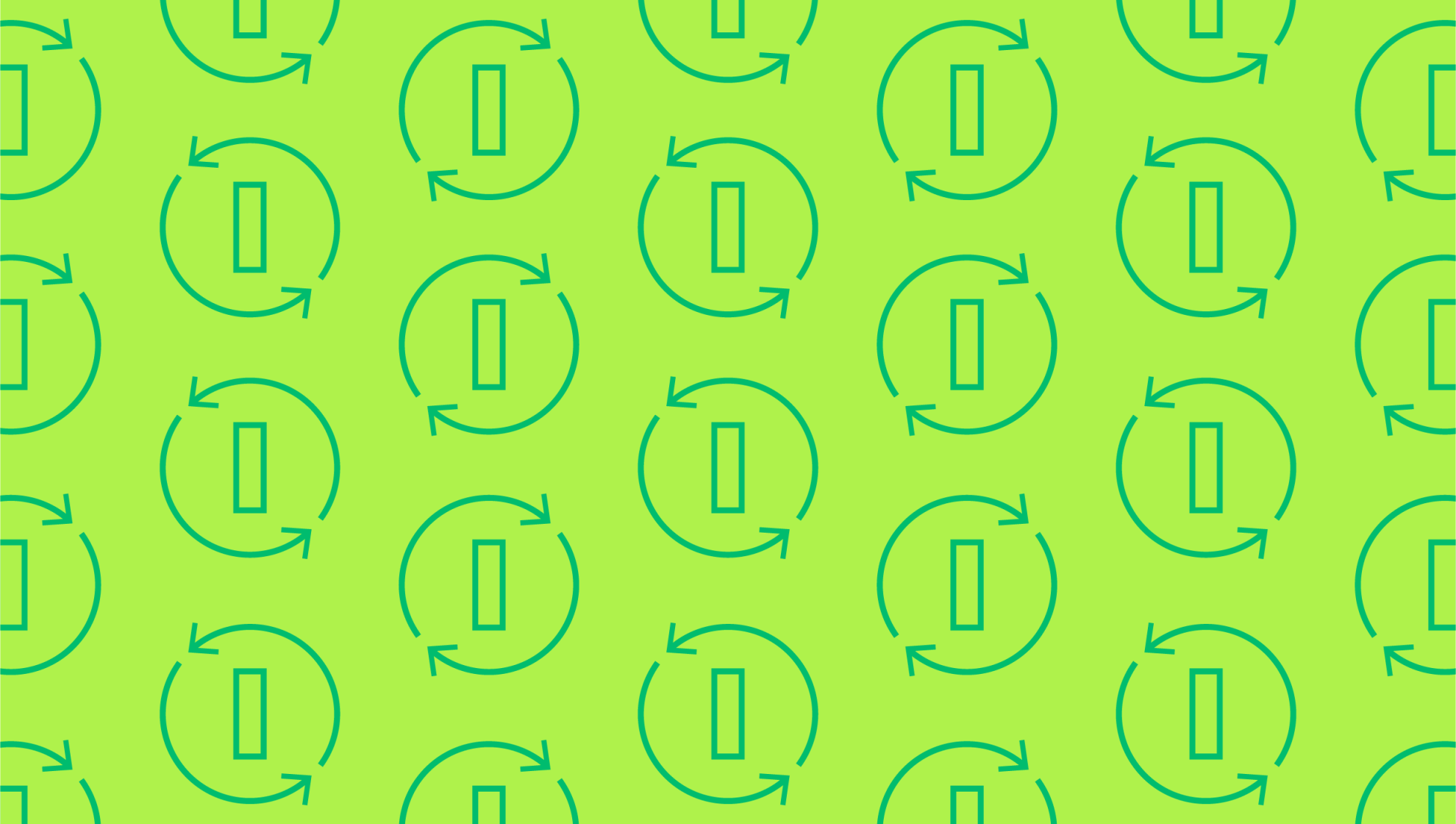
How to Price Your SaaS Product
Last editedJuly 20213 min read
If your business is launching a new SaaS (Software-as-a-Service) product, you’ll need to decide on pricing before you launch. One of the significant advantages of SaaS is the fact that your customers are paying to license your product. As such, they’re regularly paying, which gives you lots of different pricing options. But which of these options is best suited to your product? Find out everything you need to know about how to price your SaaS product with our SaaS pricing guide.
Why is your SaaS pricing model important?
Nailing your SaaS pricing strategy is important for several reasons. In short, it can provide your business with a competitive advantage while also ensuring that you’re providing the best value to your customers. If your prices are too high, your customers might decide to unsubscribe from your product, leading to customer churn. However, if your prices are too low, you won’t be maximising your revenue and could potentially end up stalling your company’s growth.
By choosing the SaaS pricing model that offers the best cost-to-value ratio, you can boost your customer lifetime value (LTV) and give your business the best foothold from which to reach success in the SaaS space.
SaaS pricing guide: types of SaaS pricing model
Now that you know a little more about the importance of getting your SaaS pricing strategy right, let’s take a look at some of the different ways that you can go about SaaS platform pricing:
Tiered pricing – Within a tiered pricing strategy, you’ll offer different price points, each of which provides access to a diverse range of features. This offers the opportunity to sell to customers in various industries while also giving your business excellent upselling opportunities. However, multiple tiers of pricing can be confusing, not only to customers but your accounting team, so make sure you don’t overcomplicate your SaaS pricing strategy right out of the gate.
Flat-rate pricing – Simple and effective, a flat-rate SaaS pricing model means that your product is sold at a single price point. While it’s easy to communicate the advantages of your pricing model to potential customers (“pay X, get Y”), flat-rate pricing can make it more difficult to sell your product to different user segments, i.e., retail and enterprise.
Freemium pricing – Widely popular in the SaaS space (examples include Skype, Dropbox, Spotify, etc.), the freemium model supplements free-to-use versions of your product with paid packages. Freemium subscription models make it easier to get your foot in the door, but it can lead to higher churn rates, as customers may adopt a “throwaway” approach to your product.
Per user/per feature pricing – In these SaaS platform pricing models, the amount you charge customers is based on the number of users they want to access the product or the number of features they need access to. This pricing model can discourage businesses from upgrading or bumping up the number of users, stalling growth. However, it does enable your customers to tailor their packages to their exact specifications, which is widely appreciated, particularly among start-ups and small businesses.
Usage-based pricing – In this SaaS pricing model, the more your customers use the service, the more they’ll have to pay. It’s similar to pay-as-you-go mobile plans. Although this can make your product more accessible, it may also make it much more difficult to accurately predict revenue, which can be disruptive to your financial planning.
Ultimately, the SaaS pricing strategy that’s right for you will depend on the specifics of your business. Next, we’ll discuss some of the things you should think about when deciding how to price SaaS.
Advice on how to price SaaS
When it comes to SaaS pricing models, it’s easy to get distracted by the number of potential options. Be mindful of the KISS principle (keep it simple, stupid) and make sure you don’t overcomplicate things. Three tiers (low, middle, high) are often a good bet for SaaS businesses. Suppose you create an overly complicated SaaS pricing model. In that case, you may simply confuse your customers and drive them into the arms of your competitors, even if – technically – you’re offering better value.
It’s also important to remember that you don’t have to stick with the pricing model you used when your business launched. Test your pricing regularly to ensure you’ve got a regular stream of data to validate your SaaS platform pricing model. Then, if the data is telling you that changing your SaaS pricing model may be profitable, don’t be afraid of switching things up.
We can help
GoCardless helps you automate payment collection, cutting down on the amount of admin your team needs to deal with when chasing invoices. Find out how GoCardless can help you with ad hoc payments or recurring payments.